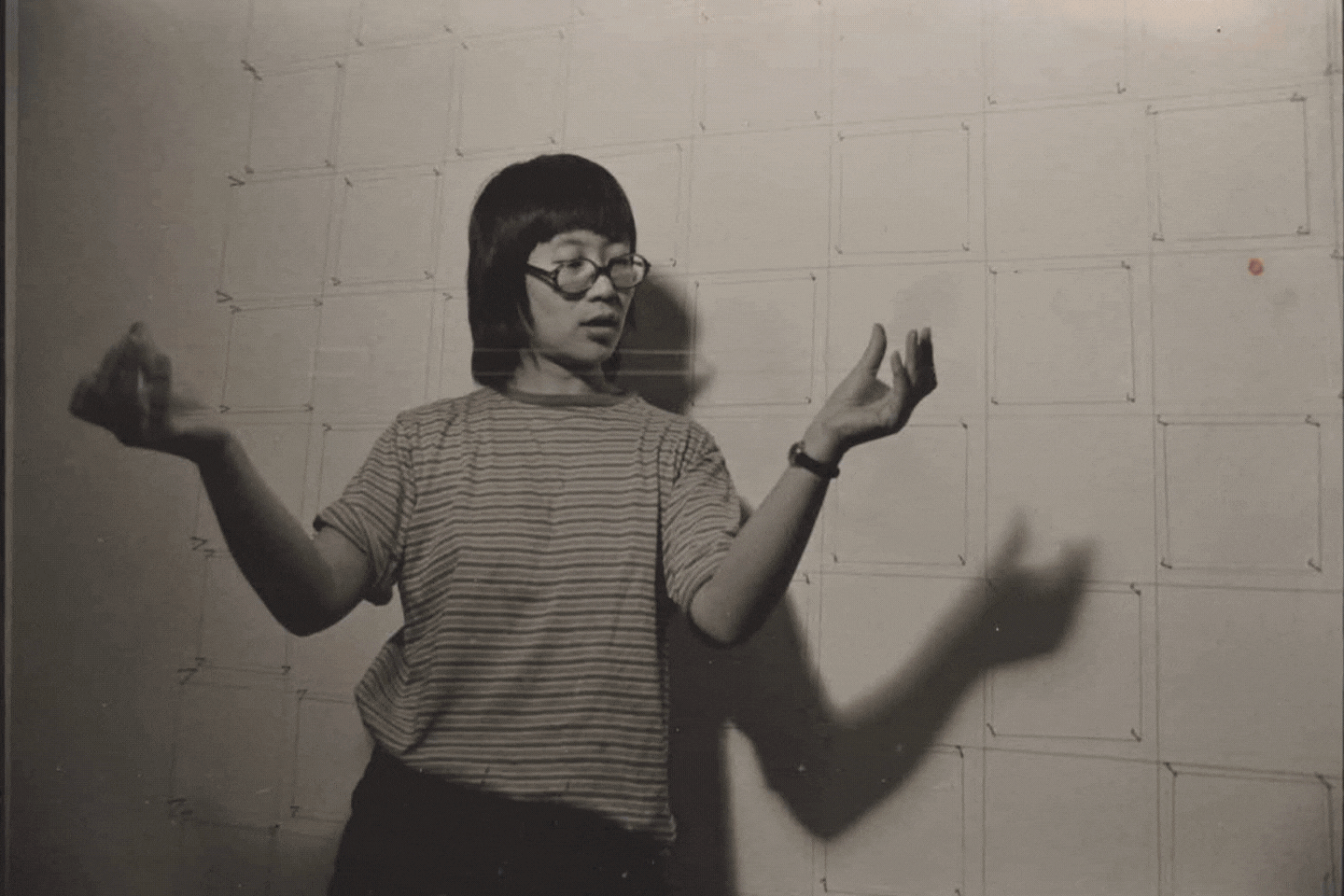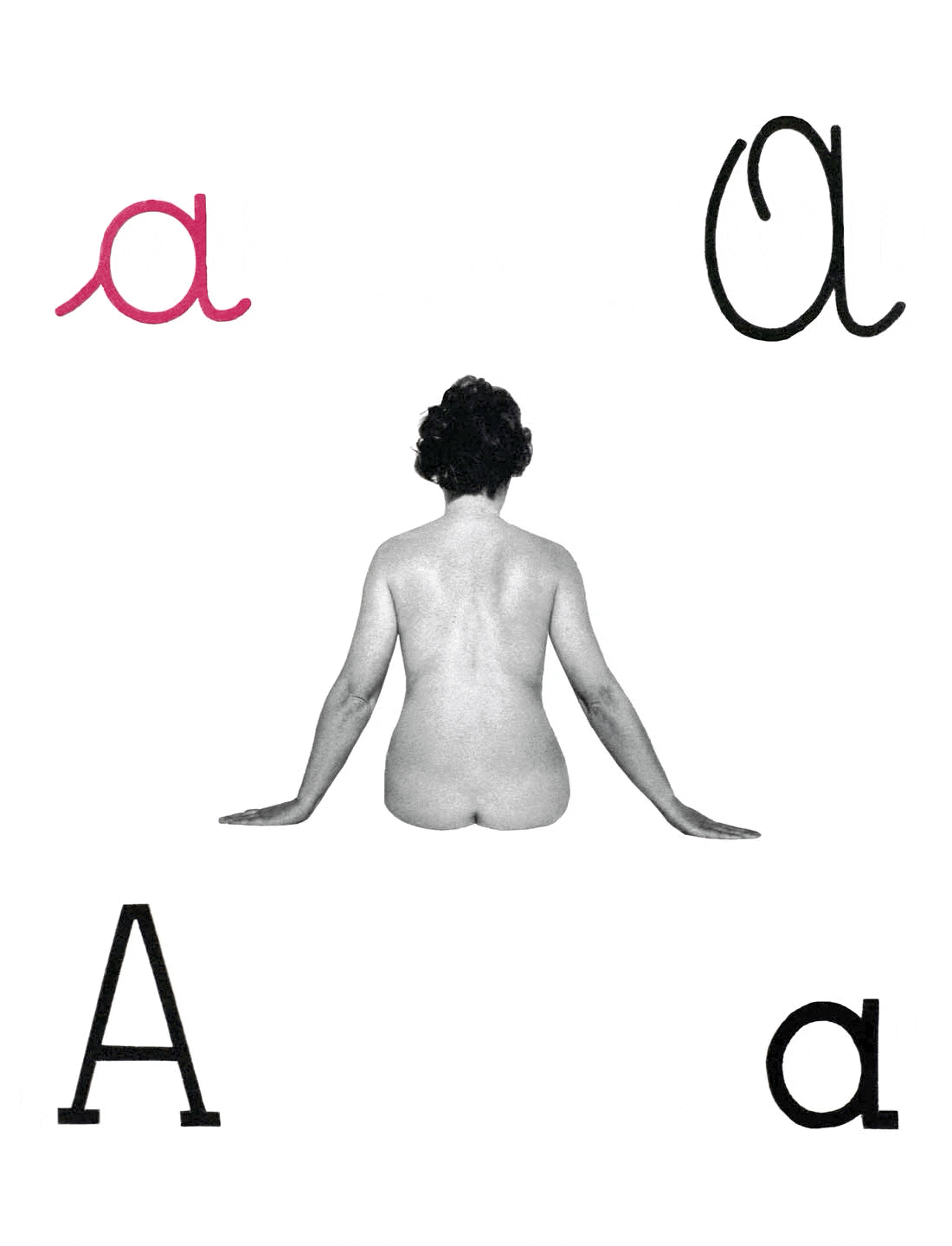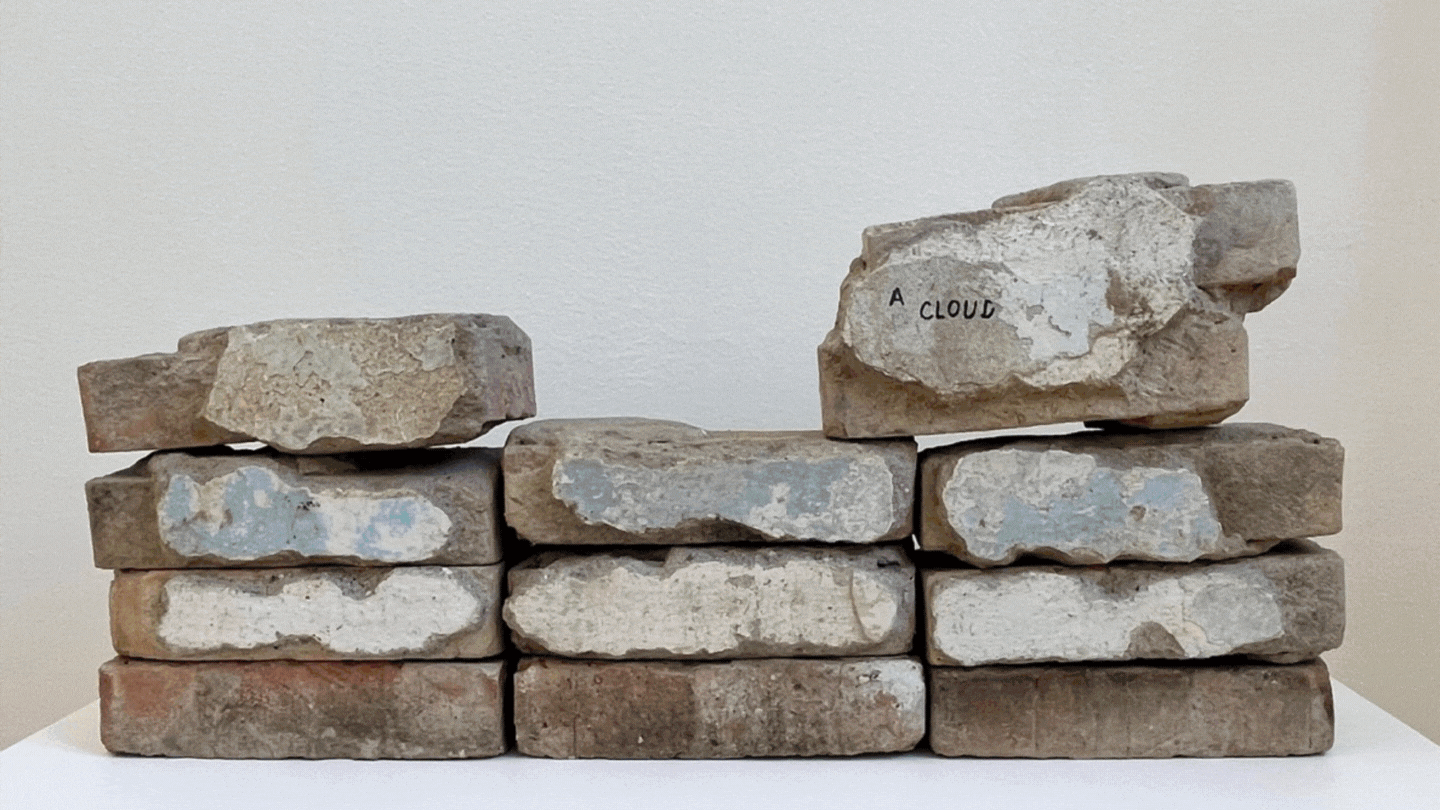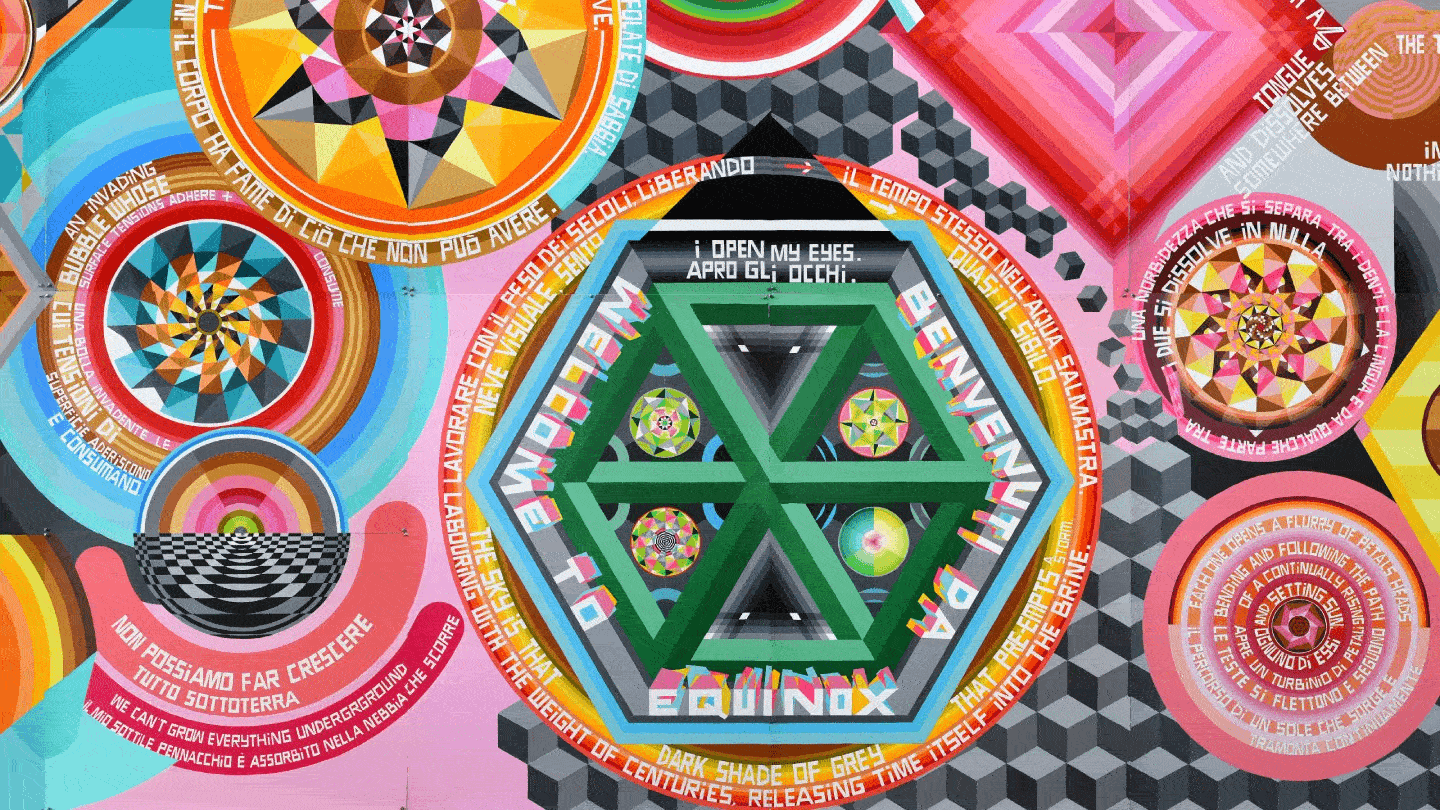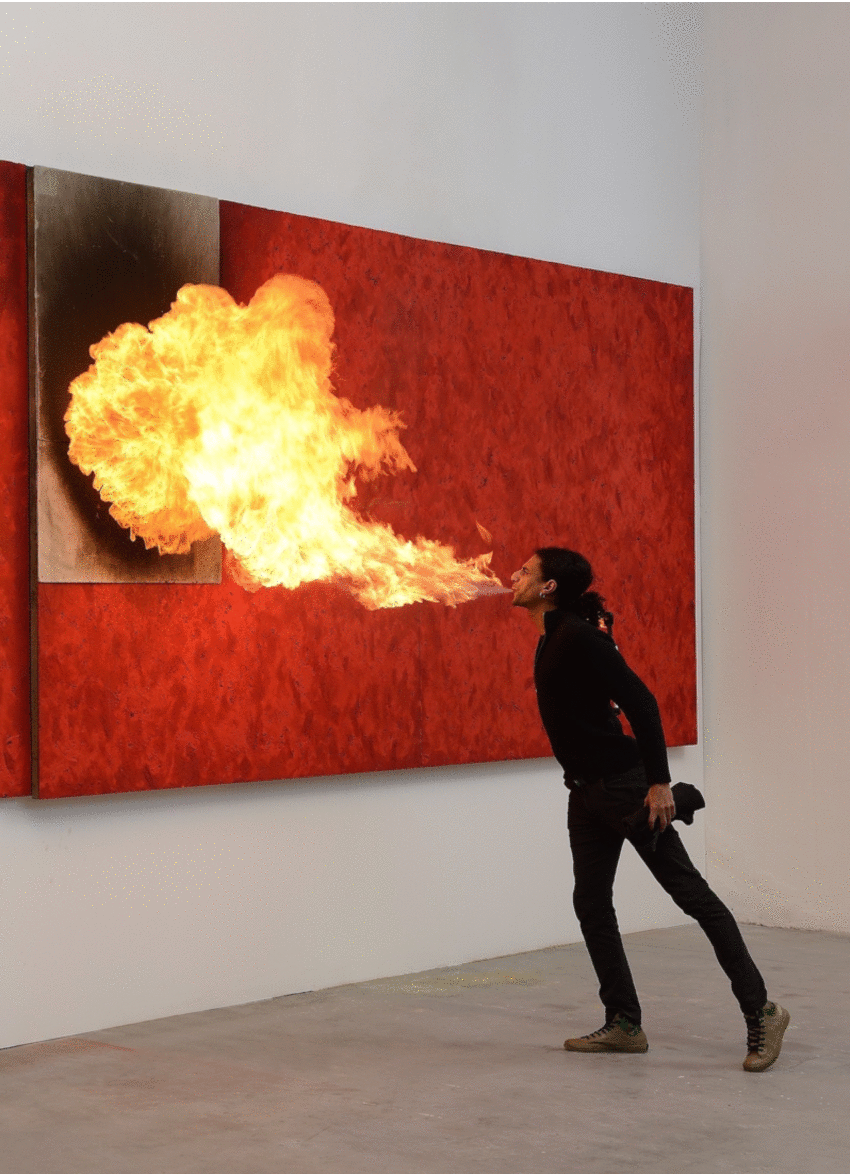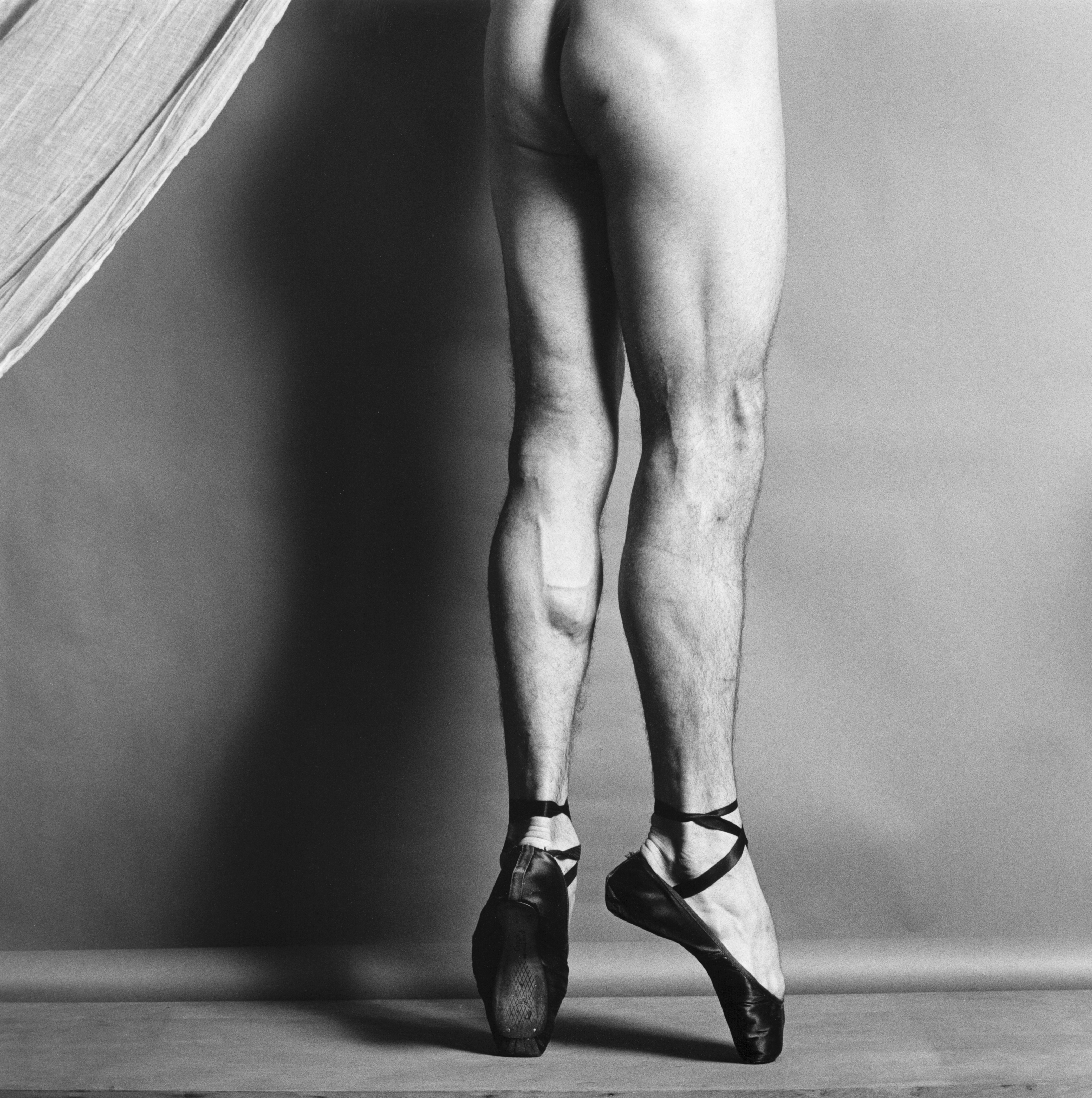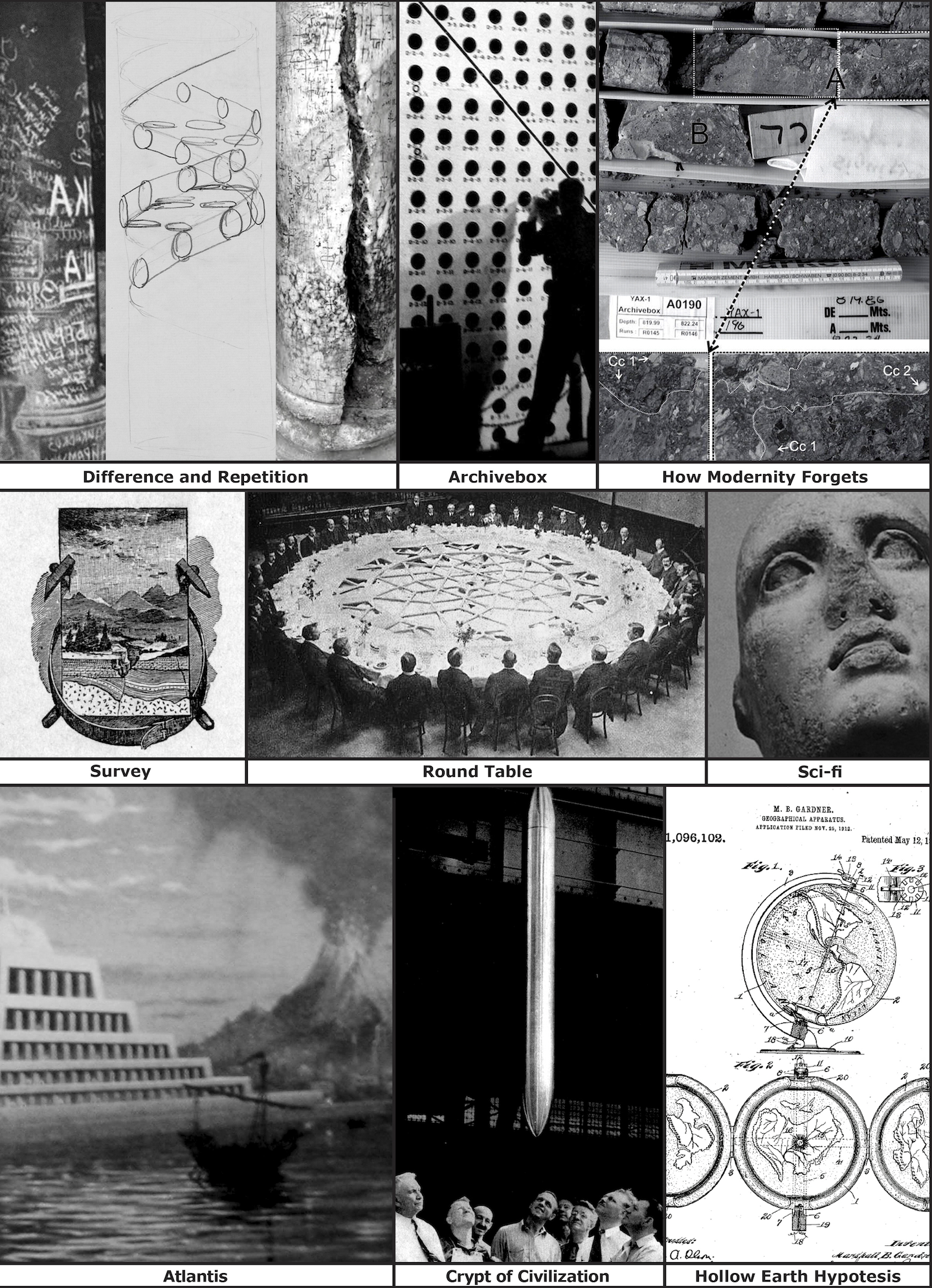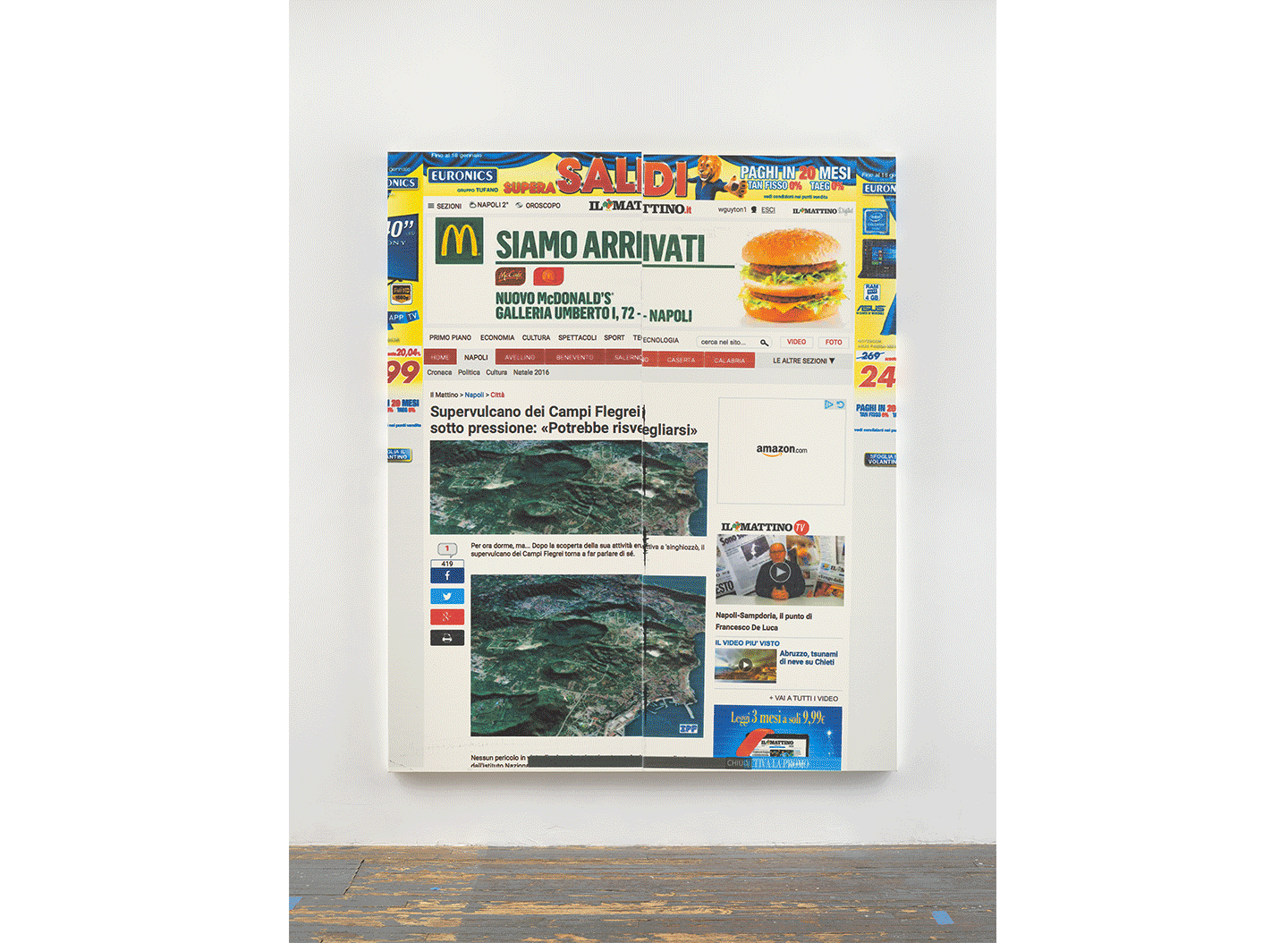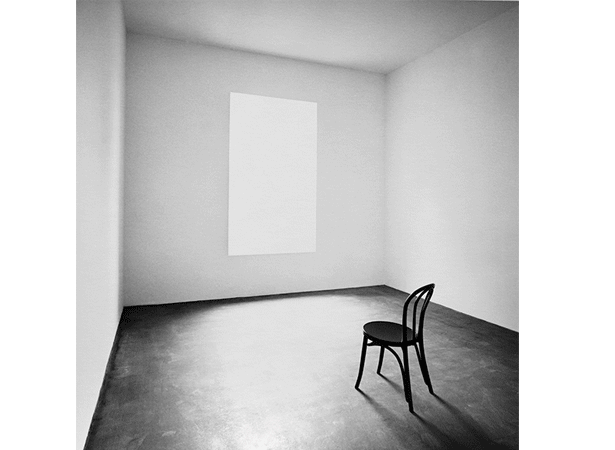July 6–October 9, 2023
Naples 80139
Italy
Hours: Monday and Wednesday–Sunday 10am–7:30pm
T +39 081 1973 7254
info@madrenapoli.it
Angela Tecce, President of the Fondazione Donnaregina per le arti contemporanee and Eva Fabbris, newly appointed director of the Madre museum, announce the retrospective dedicated to the artist Kazuko Miyamoto (Tokyo, 1942, lives and works in New York) with which the new three-year programme curated by the director will be inaugurated. Eva Fabbris took up her role as director of Madre last March, after being selected for this position through a public call for candidacies.
The exhibition will constitute the first historiographic survey dedicated to Kazuko Miyamoto held by a European public institution.
In the wake of the recent trend towards studying the practices of female artists who have been active over recent decades, yet who remain overshadowed, this exhibition casts a glance at Miyamoto’s entire production. This act of respectful unveiling adds new perspectives to the historiographical narrative of Madre, where she ideally dialogues with key artists of her period who enrich the museum with site-specific installations. The strongest proximity is that with Sol LeWitt, Miyamoto’s lifelong friend: working as his assistant from 1968 onwards, the Japanese artist approached the minimalist language, which she appropriated through the idea of materialising lines and graphemes in installations made of string, vibrantly optical and tactile, until achieving an almost organic form.
Thus, since the early 1970s, the artist has straddled two countries and two cultures (that of Japan and the United States), finding a highly personal way of connecting their deepest essences, capable of both contributing to and contravening modernist language. The evolution of her practice feeds into and runs parallel to her activity as a promoter of activist and exhibition contexts that stretched the boundaries of representation for female and non-Western artists in New York. From 1974 to 1983, she was part of the group of women artists and theorists who organised the activities of A.I.R. (Artists in Residence): the first exhibition space dedicated to women artists. Here, in addition to holding numerous solo exhibitions, she curated Dialectics of Isolation: An Exhibition of Third World Women Artists of the United States with Ana Mendieta in 1980. Mendieta, along with Nancy Spero, Zarina, and David Hammons, was a key interlocutor for Miyamoto in this period, both on diasporic and equal rights issues as well as on exchanges concerning their different cultures of origin and their implications with respect to art-making in the West.
In the ’80s, Miyamoto interacted performatively and elaborated suggestions from the street life of downtown New York. In 1986, she opened Gallery Onetwentyeight: an art space still active on Manhattan's Lower East Side, a meeting point for what gradually became an open community. This path led her to recover a memory of traditional Japanese culture. This further way of connecting the elements of her composite culture can be seen in the kimonos made in the 1990s and in the subsequent installations and performances.
A recurring attitude in her work is that of the ephemeral, the impermanent. Regarding her string constructions, she comments, “More than most art, my string pieces are vulnerable to time. They are absolutely temporal,” with a clear-mindedness that is also valid for later works, and only partly counterbalanced by the constant practice of drawing. At the same time, it is clear to her that this choice of precariousness does not imply any renunciation of the tenacity and strength with which her works embody and celebrate the irregularity to which every grid, every structure in the world is subjected.
The exhibition is enriched by loans from public and private collections. Together with the artworks, archive materials testifying to life in the studio, exhibitions and performances are on display, proving the existence of an extensive documentary apparatus on Miyamoto's work, the study of which is currently being reconstructed.
In parallel to the exhibition, a monograph on the artist edited by Luca Cerizza, Zasha Colah and Eva Fabbris is being prepared for publication in autumn 2023.

